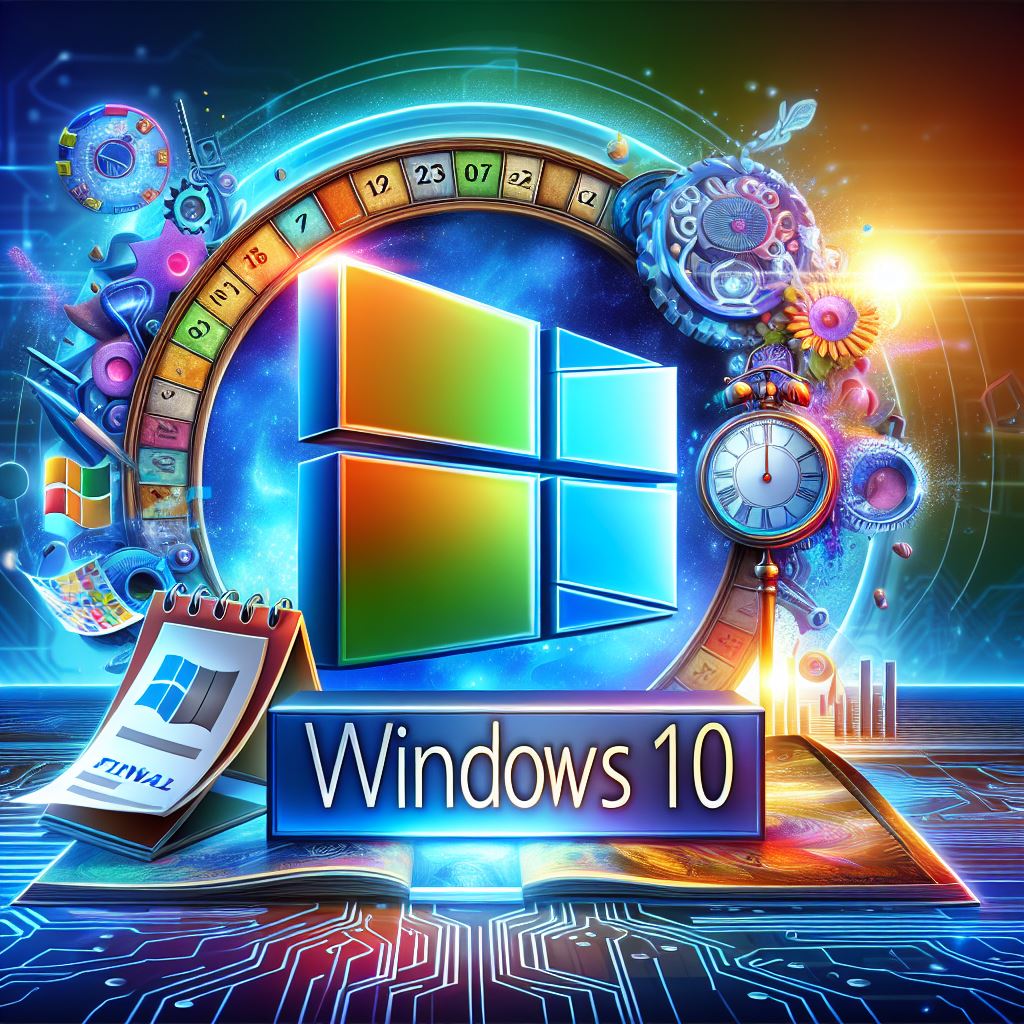In this blog we will answer some of the FAQ’s related to SMB cybersecurity. In the past couple of years hybrid working has taken over. This has accelerated digital transformation for all types of business, but especially small and midsize. Adoption of new technology has forever changed the way a business operates forever. With all the benefits that come with this there is a downfall – the increased likelihood of a cyberattack. As businesses move into 2023 it is important that small and midsize business invest in protecting their IT infrastructure.
What is cybersecurity?
Cybersecurity is a branch of information security including the practices an organisation undertakes to reduce the risk of a cyberattack. These practices are focused on technology to stop cybercriminals from accessing sensitive information, extorting money from users, or interrupting normal business procedures.
What are the most common forms of cyberattack?
The most popular cyberattacks are malware, phishing and DDOS attacks.
Malware is a software that is designed to harm a server, computer or network. This is often seen in emails or an unlicensed website. Malware may infect your machine with a virus which could make it defective and cause data loss.
Phishing is where cybercriminal contacts a victim via a communication platform. This could be an email, text message etc. The cybercriminal may disguise themselves as a legitimate employee in order to trick the victim into clicking on a harmful link or handing over sensitive information. The cybercriminal may then ask the victim for a fee to retrieve the sensitive data.
DDOS or Distributed Denial of Service is an attack whereby the cybercriminal overloads a service, server or network with traffic. The aim of this attack is to stop legitimate traffic from visiting a site or to swamp network appliances in order to launch an attack.
What businesses are most likely to be targeted by cybercriminals?
All businesses are at risk of falling victim to a cyberattack. In the past, it was more common for larger businesses to be targeted. However, it has become increasingly common for cybercriminals to target smaller businesses with ransomware as they typically are easier targets with weaker security.
Any and every business is at the risk of being targeted by a cybercriminal. In the past, it was more likely that larger and more valuable businesses were the targets, however these ‘hackers’ are realising they can steal valuable data from smaller businesses and make them pay a huge ransom fee to have it back. They also typically are easier targets with weaker security.
How does the advent of hybrid work affect cybersecurity?
The transformation the hybrid working world has many advantages, but it can weaken a business’s security stance. With users working from different locations the boundary of the network increases, any unsecure home network could lead to a cyber-attack.
Average cost of a cyberattack
In 2021, the median monetary cost of a cyberattack was £8,460, with the most expensive cyberattack costing £15.8 million. It is important to note that the monetary cost is often not as damaging as the loss of reputation and downtime associated with many cyberattacks.
Top cybersecurity priorities?
Multi-factor- authentication should be the number on cybersecurity priority for an SMB. Having MFA enabled on your Microsoft accounts will stop 99.9% of all attacks. Businesses should then look at investing in securing their email system, as most cybercriminals attack via an email platform. It is also important to implement a good backup and disaster recovery solution. This is so that if a business was to suffer a cyberattack the downtime would be minimised. A comprehensive cybersecurity solution should address all these priorities and more.
What are the top SMB cybersecurity mistakes?
Cybercriminals will attack no matter the size of the business. Alot of businesses are naive and think that because they a small business they won’t get attacked. This naivety can be a costly mistake. Many cyberattacks can be prevented with the right measures in place. An effective and comprehensive security solution will help minimise the risk of a cyberattack.
Key things to look for in a cybersecurity solution
It is important that the solution provider addresses all areas of cybersecurity. This will include email protection, endpoint protection, network protection and BUDR. Having a fully comprehensive security solution in place will decrease the chances of a cybercriminal being successful.



 Previous
Previous








